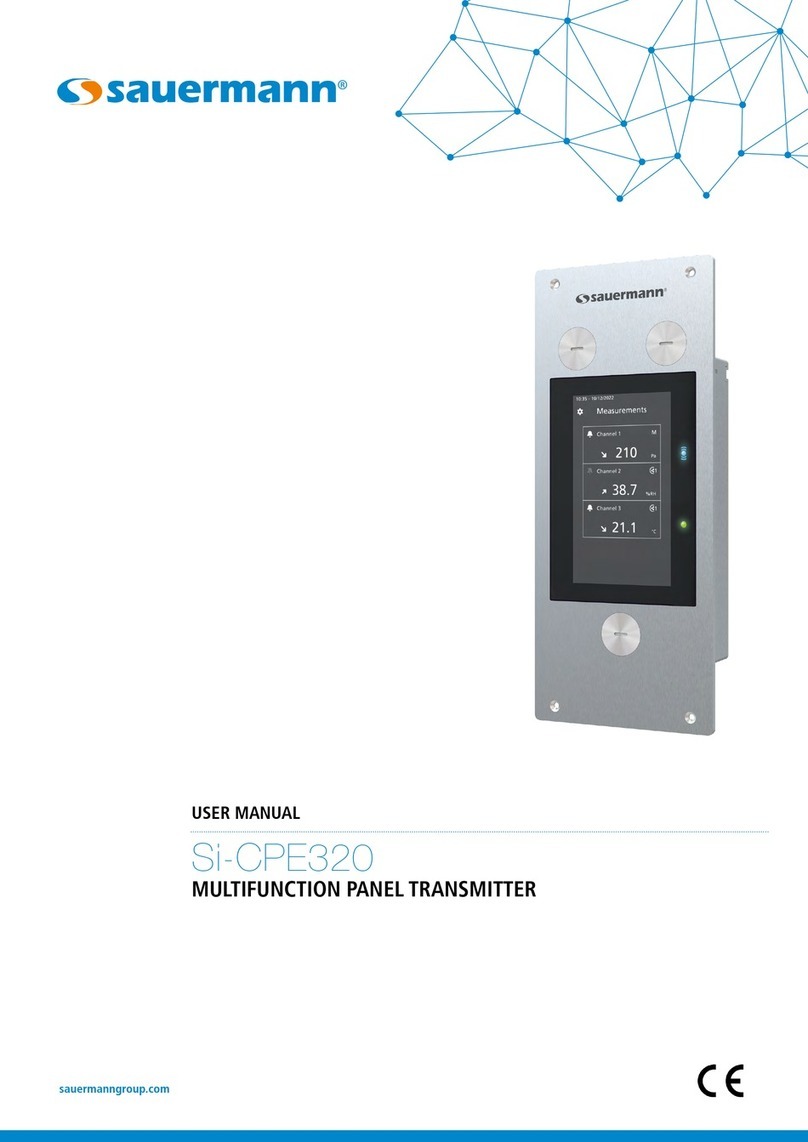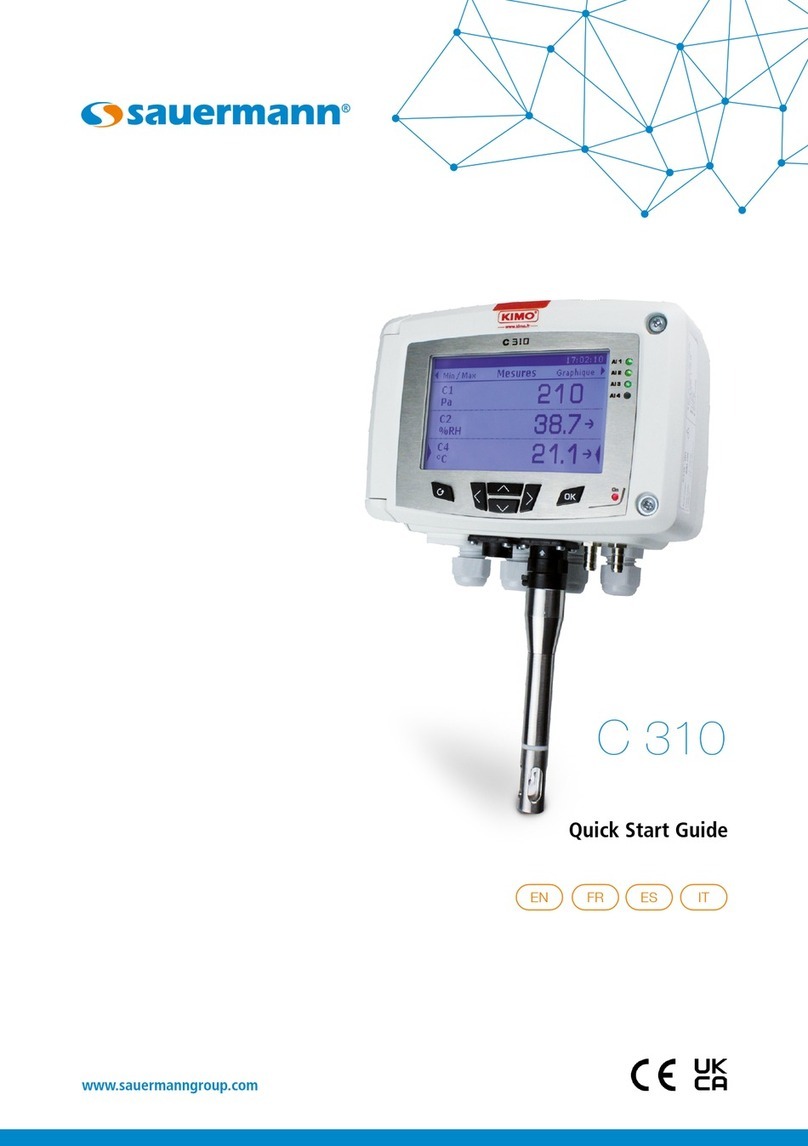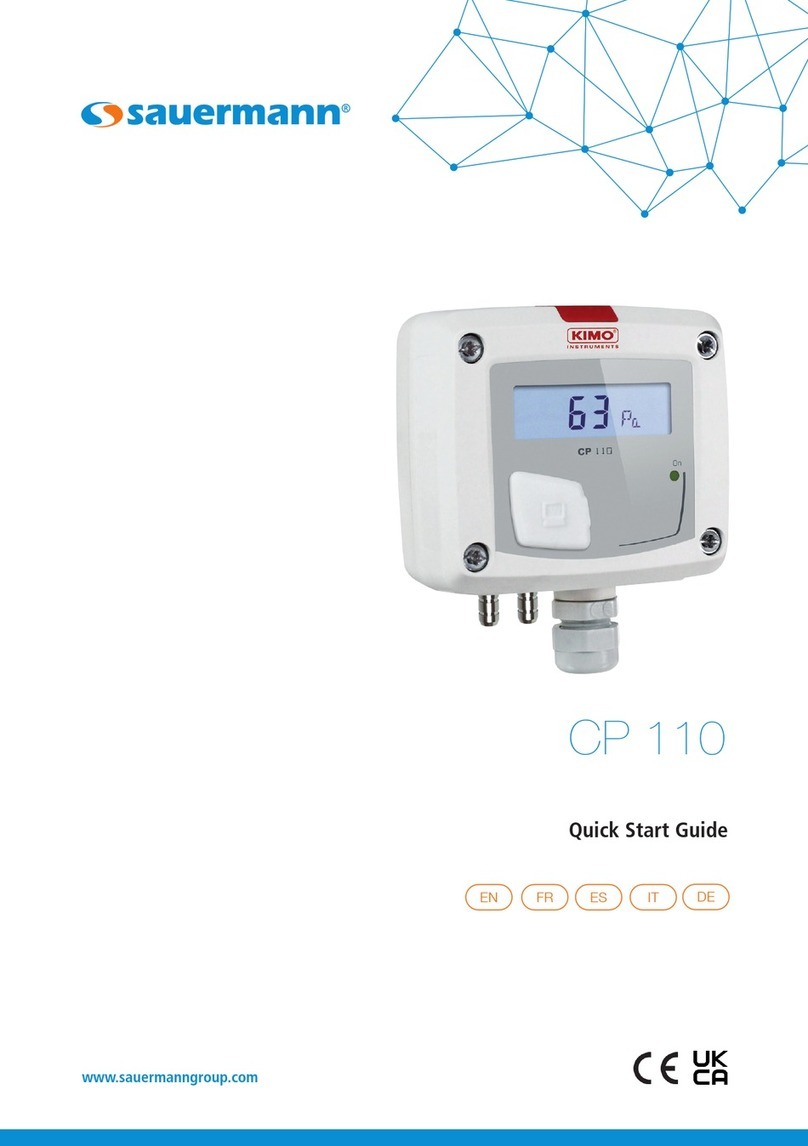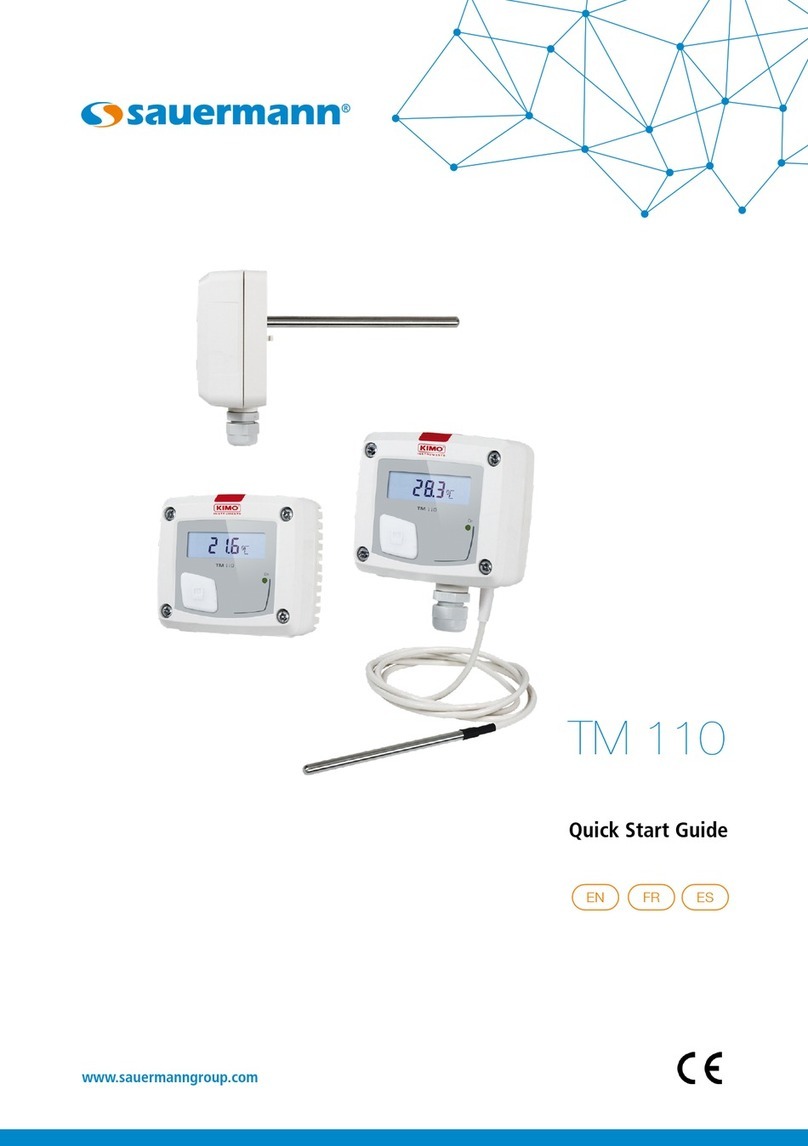
Table of contents
1. Safety instructions.................................................................................................................................................. 5
1.1 Warnings.......................................................................................................................................................... 5
1.2 Environment protection .................................................................................................................................... 5
1.3 Symbols used ................................................................................................................................................... 5
2. Conformity and standard ....................................................................................................................................... 6
2.1 FCC rules ......................................................................................................................................................... 6
2.2 Canadian standard........................................................................................................................................... 6
3. Introduction ........................................................................................................................................................... 7
3.1 Description of the transmitter ........................................................................................................................... 7
3.1.1 Overall description.................................................................................................................................... 7
3.1.2 Screen description .................................................................................................................................... 7
3.2 Connections..................................................................................................................................................... 8
4. Mounting ............................................................................................................................................................... 9
5. Electrical connections........................................................................................................................................... 10
6. First Start-up ........................................................................................................................................................ 11
6.1 Set the transmitter ......................................................................................................................................... 11
6.2 Connect a probe............................................................................................................................................. 12
6.3 Set a channel ................................................................................................................................................. 12
6.4 Set an output ................................................................................................................................................. 13
6.5 Disconnect a probe......................................................................................................................................... 13
7. Transmitter features ............................................................................................................................................. 14
7.1 General features............................................................................................................................................. 14
7.2 Features of the housing .................................................................................................................................. 14
7.3 Dimensions .................................................................................................................................................... 15
7.4 Possible optional measurements ..................................................................................................................... 15
8. Set the transmitter ............................................................................................................................................... 16
8.1 Set the language............................................................................................................................................ 16
8.2 Set the country............................................................................................................................................... 16
8.3 Set the date, time zone and time .................................................................................................................... 16
8.4 Set the brightness .......................................................................................................................................... 16
9. Set inputs and outputs......................................................................................................................................... 17
9.1 Set the measurement channels ....................................................................................................................... 17
9.2 Set the outputs............................................................................................................................................... 17
9.2.1 Set the analog outputs ........................................................................................................................... 17
9.2.2 Perform an output diagnostic.................................................................................................................. 18
9.2.3 Set the digital output (Modbus RTU) ....................................................................................................... 19
9.3 Set the probes and modules ........................................................................................................................... 19
9.3.1 Normative values.................................................................................................................................... 19
9.3.2 Congure the compensation of a CO2or hygrometry probe ..................................................................... 19
9.3.3 Congure a differential pressure module................................................................................................. 20
9.4 Set the alarms................................................................................................................................................ 22
9.4.1 Set the alarm thresholds......................................................................................................................... 22
9.4.2 Set the alarms parameters ...................................................................................................................... 22
9.5 Set the autozero............................................................................................................................................. 23
9.6 Set the relays (optional).................................................................................................................................. 23
10. Security and connectivity ................................................................................................................................... 25
10.1 Wireless communication ............................................................................................................................... 25
10.2 Dene the security code ............................................................................................................................... 25
10.3 Dene the Touch Lock functionality............................................................................................................... 25
10.4 Reset instrument from factory....................................................................................................................... 25
11. Information about transmitter, probes and modules .......................................................................................... 27


































